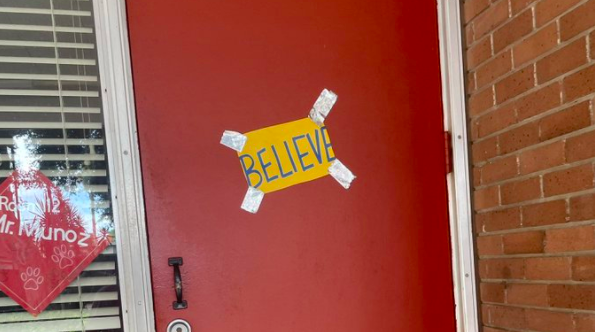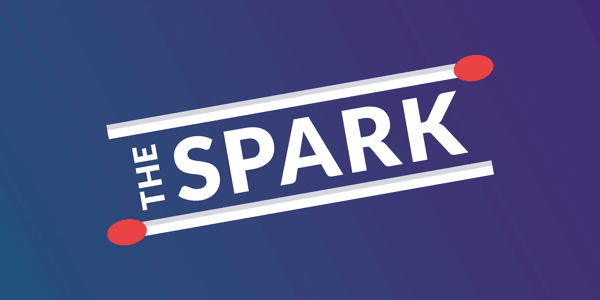Google’s Shifting SERPGoogle’s been playing around with titles in search results and SEO experts are paying extra attention. The company recently started altering search titles by favoring content that is within H1 tags, prominent throughout the web page, or the main visual headline.
In short, the update shows header tags, H1s, and H2s, instead of the meta title tags, for search engine results. The title changes sparked a preliminary investigation into 2,000 URLs to determine how often Google really is overwriting page titles. The result? Google has reduced title tags on the SERP by 77% while replacing the title tag with an H1 tag 75% of the time. Keep in mind: Google stated they use HTML for 80% of queries. With these figures, it would appear there are lingering questions for the search engine to answer ...
In the meantime, brands should zero in on their content game plan to make sure they optimize their H1s for the update. This approach includes using strategic keywords, avoiding long headings, and ensuring the content matches user intent.
TL;DR: Google’s latest update alters search titles to utilize the H1 tag heavily. Brands need to stay ahead of the game by optimizing H1 titles.
What Spaces Are You Listening To?Twitter is testing an update for some iOS and Android users that makes finding Spaces easier. Previously, Twitter users could only see when people they follow hosted the social audio rooms. But, with this new update, users can see what Spaces their followers are listening to at the top of their timelines, where Fleets previously resided (RIP).
Twitter’s latest move, of course, came the same week Clubhouse released spatial audio (immersive 360-degree sound tech) as the app continues to average 700,000 rooms each day. It’s a full-blown social audio race, but if the Spaces update proves to be successful, there is a perfect opportunity for brands to tap into this growing social spaceo to reach different audiences. It goes without saying, but more engagement + bigger reach = 😃😃 marketers.
Instagram Wants to Know Your BirthdayHappy birthday from Instagram! Your birthday gift this year? Age-specific marketing data. To determine the ages of its audience, Instagram announced it will now begin requiring users to share their birthday using a pop-up notification that asks you to add the date to “personalize your experience.” What feels even more personal? You can only dismiss the prompt a few times before it becomes a requirement.
Instagram explained that the update is part of the platform’s larger goal to create new safety features for younger users by blocking some content for those under a certain age. But the push is also a clever way to regain relevant marketing data. Through recent pro-privacy campaigns, Instagram, Facebook, and other tech companies have lost access to loads of third-party customer data. These platforms will be looking to replace the missing information with first-party data to shore up ad revenues and avoid predicted slow growth. If this update goes as planned, brands can leverage the birthday data to market to more relevant audiences.
Targeting by age group means you can avoid paying to screen your ads for acne cream in front of baby boomers, who probably won’t be as interested in your product as a targeted teen audience. Instagram and other platforms want to give you the data you need — as the crackdown on third-party data continues, keep an eye out for new ways these companies will be looking to serve up that irreplaceable customer data.
TL;DR: To shore up privacy concerns for young users (and track down age data for advertisers), Instagram will begin requiring users to share their birthdays with the platform. Brands can leverage this new data to hone in on their target audience.
What Lit Us Up
Teachers for Ted LassoIf you’re one of the many viewers tuning in to “Ted Lasso,” the most-watched show on Apple TV+, you’ll be familiar with the “Lasso Way'' of teaching. It’s a method characterized by hope, optimism, respect, and simplicity, epitomized in the series’s signature sign — a simple (but effective) piece of yellow paper with “Believe” handwritten on it.
Coming into the new school year, the messages of “Ted Lasso” are especially resonating with teachers. This past week, educators took to Twitter to post snapshots of their own “Believe” signs taped up in their classrooms, celebrating a little bit of the “Lasso Way” to inspire students to “believe in believe” this fall. And the team at “Ted Lasso” couldn’t pass up this prime collection of user-generated content — with a strong reflection of the show’s values and aimed directly at their target audience. After all, it’s the kind of UGC brands dream of. So, the show created a Twitter Moment to connect the shares and continue the conversation, bringing all the photos together into one scrollable storyline, complete with a Lasso-like caption (from the title character’s very own Twitter account) sharing his support for teachers.
Twitter Moments provide brands with the opportunity to integrate public tweets into their timeline in a curated collection. And marketers can use Moments to highlight customer testimonials, recap events, curate news, and showcase brand advocates. Or, in the case of “Ted Lasso,” flaunt a collection of perfect user-generated content that showcases what you believe in.
TL;DR: The team at “Ted Lasso” took to Twitter to show their support of teachers using the “Lasso Way” in their classrooms this fall. Brands can take advantage of similar user-generated content through the use of Twitter Moments. (Was this email forwarded to you? Sign up here.)
|
-1.png?upscale=true&width=346&upscale=true&name=Tier%20One%20logo_color%20(1)-1.png)


